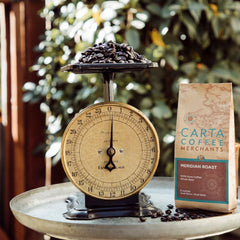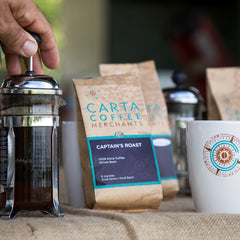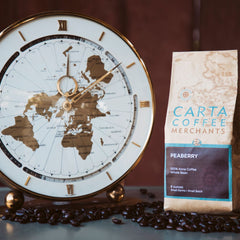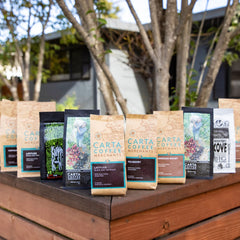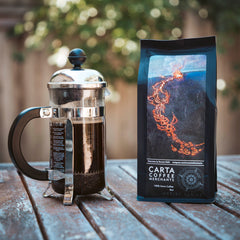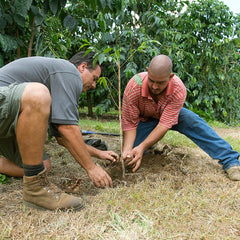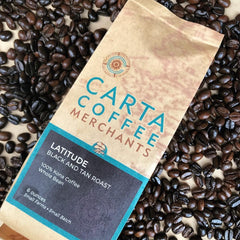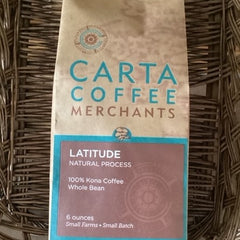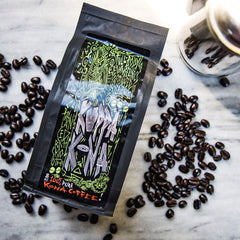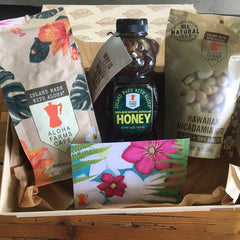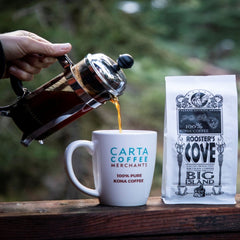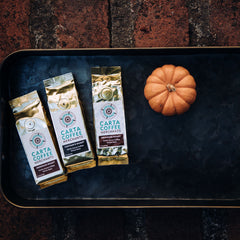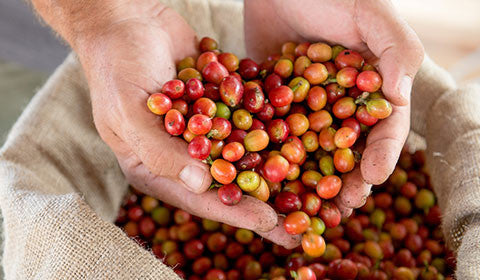Posted on

How do you take your coffee?
It has been said that putting cream and sugar in coffee is like putting ketchup on an expensive steak. You just don’t do it.
Black coffee is for those who want to savor the essence and flavor of the beans. You can’t get that if you pour boatloads of sugary sweet liquid into the cup of coffee. Some coffee connoisseurs would even go as far as saying that coffee creamers were meant to cover up the atrocious taste of poor coffee beans.
For those who are just starting out, black coffee can be an acquired taste. Especially if you’re used to drinking your coffee with boatloads of creamers and sugar. The first few cups may taste slightly bitter, but over time you will come to appreciate the various subtleties of the coffee bean.
We’re going to show you step by step how to make the perfect cup of black coffee. There are a few steps that are involved and it may take you some time to get them down pat as each person’s tastes are different.
The Coffee Beans
The beans that you select are without a doubt the most important step in making a great tasting cup of black coffee. If you head on over to your local grocery store and buy something off their shelves, you’re going to be disappointed. Grocery stores are all about efficiency and can’t stock the premium kinds of beans that artisan coffee bean merchants can.
As with anything else in life, “you get what you pay for”. High quality coffee beans (such as 100% Kona coffee) are heads and tails above anything you can get in the store. Kona coffee is expensive because it is very labor intensive/costly to grow and harvest.
If you have ever purchased Kona coffee from a grocery store, chances are it was nothing more than a 10% mix blend. Meaning it was only 10% Kona coffee and the rest were random who-knows-what beans thrown in there. That’s like taking 10% of a filet mignon steak and adding 90% wet canned dog food to it and serving it to your dinner guests as “filet mignon”.
At this stage in the process, you’ll need to ask yourself what kind of coffee do you like. If you’re into a lighter, yet complex roast then our Meridian Roast is a great selection. However, if you prefer a more rich, dark, slightly smoky taste then our Captain’s Roast would be best. Whatever you do, don’t buy store bought coffee. It just doesn’t work as well as artisan coffee beans when it comes to black coffee. You need the best to get the best.
The Grind
For the absolute best results, you should grind your own beans. This way you are in control of the size of the grinds. If you use beans that have been pre-ground, chances are the coffee will taste bitter or “off”. A proper grinder could cost anywhere from $50-$60.
There are two types of grinders: Burr and Blade.
Burr grinders are the more expensive of the two. They are the 2nd best investment you’ll make (aside from buying high quality beans). Burr grinders use two sharp burrs that crush the individual coffee beans. There is a setting on the grinder that will allow you to set a specific size of grind. This way of grinding beans produces a grind that is relatively uniform.
Ideally, you’re going to want the grains of the coffee to be approximately the size of sugar grains. This will allow the brewing process to extract the most flavor and body out of the grind.
Blade Grinders can be found anywhere coffee grinders are sold. They use a set of blades to chop up the beans, willy nilly. There is no way to adjust for the size of the grind with a blade grinder. Its job is to destroy the bean and reduce it to the smallest size possible. This produces an uneven grind. You’ll get dust and huge “bean boulders” and everything in between. Good coffee is produced when the coffee grinds are uniform in size. So if this is important to you, make sure you shell out a few extra bucks for a quality grinder.
The Water
Some people prefer the taste of the water that comes out of their kitchen faucet. This is most likely due to them living in an area where the water they receive is coming from a natural aquifer. In some bigger cities they put additives in the water, which could negatively affect the quality of the brew. The only way you’re going to know for sure is to experiment. Try brewing a cup of black coffee using your kitchen faucet water and see if you like it.
There are some types of water that you must avoid completely. Distilled or soft water should never be used as it will negatively affect the quality of the brew. You want minerals in your water as they play a key role in extracting the flavor out of the grind and into your cup of Joe.
Coffee to Water Ratio
At its essence, brewing coffee is one of the simplest things you can do: pour hot water over coffee grinds. But as with everything else in life, the devil is in the details. If the water is too hot, or too cold, you chance ruining the brew. Some coffees can be more sensitive to the temperature of water than others.
There isn’t a general consensus amongst coffee nerds as to what the perfect coffee to water ratio is. This is something you will need to experiment with until you are able to brew a cup that fits your tastes.
The basic rule of thumb to start out with is that you want around 2 tablespoons of coffee to every 6 ounces of water. If you really want to get scientific, there are a whole host of scales and tools that you can buy to really dial in your coffee to water ratio.
The ideal temperature of the water should be around 200 degrees. Depending on which method you use to brew, you may or may not choose to skip this step. If your coffee brewing method does not come with a temperature gauge, then you will need to purchase a thermometer in order to ascertain whether the water has hit the target temperature or not.
Method of Brewing
There are several ways you can go about brewing a cup of black coffee. For the purposes of this article, we’re only going to focus on two: drip and French press as they are two of the most popular methods of brewing a great cup of black coffee.
Drip Brewing
For this method you take a standard coffee machine (with pot) and you put your coffee grinds in a basket that has an unbleached coffee filter. You then add water and the machine heats the water up to a pre-set temperature and the water is then automatically poured over the coffee grinds and drips down into the pot. This is the most basic method of making a cup of black coffee and it has its pros and cons.
The pros to this method are that it is quick and easy to brew a cup. Just pop a coffee filter into the basket, put your grinds in the coffee filter, pour water into the reservoir and it makes the coffee for you. The coffee machines are pre-programmed to brew at 200 degrees F, which is the optimal temperature to brew black coffee. The problem arises when the warming feature of the drip machine comes on after the brewing cycle has been completed. This could cause the coffee to boil and make it taste it bitter.
French press
One of the older methods of brewing black coffee, French press is where you put the coffee grinds in, then pour hot water over them. Let it seep for a few minutes, then press the plunger down manually with your hands in order to separate the grinds. With this method, you’ll find that the coffee has a medium body to it. Slightly less than express, but more than the drip method. For a more in-depth look at using a French press, we’ve put together a guide on how to make the perfect cup of coffee.
Making a great cup of black coffee is as easy as it is fun. You might need to experiment with different combinations a few times in order to get it where you just like. If there’s one takeaway from this guide, it’s that you should always buy the most expensive beans that you can afford. Poor quality, grocery store bought beans will produce a lackluster cup of black coffee compared to the high quality artisan beans such as 100% Kona coffee beans. When tasting 100% Kona Coffee, many people who visit us at the farm or at a festival, and ask us for cream, are surprised by how smooth and easy our black coffee is to drink. So if you believe that you do not like black coffee, maybe you just haven’t tried the right blend yet!


